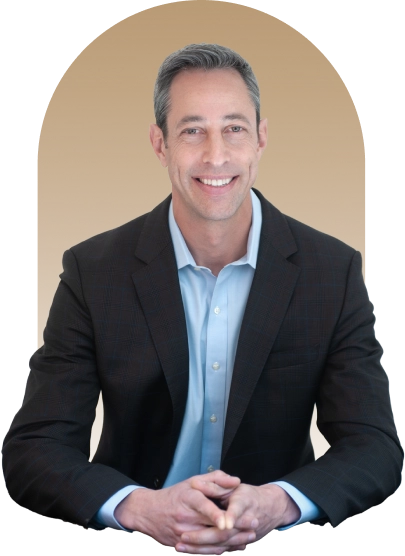Rotator Cuff Tear
What is a Rotator Cuff Tear?
The rotator cuff is a group of tendons in the shoulder joint that stabilize the shoulder within the joint, and work together with the deltoid and other surrounding muscles to provide strength and painless smooth range of motion. Slow deterioration over time or a major trauma to the shoulder may result in a tear of these tendons; a condition called a rotator cuff tear tear. Sometimes it is a combination of a slowly deteriorating tendon (tendinosis) followed by a minimal trauma that tears the tendon, and sometimes it tears seemingly for no reason at all (genetic propensity).
It may also occur with repeated use of arm for overhead activities, while playing sports or during motor accidents. Rotator cuff tear can cause severe pain, weakness of the arm, and crackling sensation on moving shoulder in certain positions. There may be stiffness, swelling, loss of movements, and tenderness in the front of the shoulder. Rotator cuff tear is one of the most common causes of shoulder pain in middle aged adults and older individuals.
A rotator cuff tear is best viewed on magnetic resonance imaging (MRI). Symptomatic relief may be obtained with conservative treatments – rest, shoulder sling, pain medications, steroidal injections and certain exercises. However surgery is often required to fix the tendon back to the shoulder bone, as the tears do not typically heal unless they are being held firmly and anatomically down to the bone from which they tore (a mechanical problem often requires a mechanical fix).
Rotator cuff repair may be performed by open surgery or arthroscopic procedure, however Dr. Saliman exclusively performs the minimally invasive arthroscopic version with which he has extensive experience. During arthroscopy, the rotator cuff tendons will be sewn back to the bone using suture anchors which act as pulleys to bring the tendon tissue to the bone and hold it there during healing. These suture anchors are typically bioabsorbable (turn into bone over time). Dr. Saliman typically performs a plastic surgery closure and there are no stitches to take out.
Following the surgery you may be advised to wear a sling for a few weeks, but you are allowed to shower and practice motion exercises right away. After the sling you will start physical therapy to strengthen the newly attached tendon (which itself attaches to the rotator cuff muscle) and to regain your full range of painless motion.
To learn more about how Dr. Saliman can repair rotator cuff tears with this minimally invasive procedure, call his office or book your appointment online.
Our Locations
Privacy Policy | Terms & Conditions | Accessibility | Notice | Contact Us
Justin D. Saliman, MD, Los Angeles, CA
Phone (appointments):(310)703-5819
Phone (general inquiries):(310)703-5819
Address: 8436 W 3rd St, Suite 800,
Los Angeles, CA 90048
Justin D. Saliman, MD, Beverly Hills, CA
Phone (appointments):(310)703-5819
Phone (general inquiries): (310)703-5819
Address: 450 N. Roxbury Dr. , Ste 600, Beverly Hills, CA 90201

